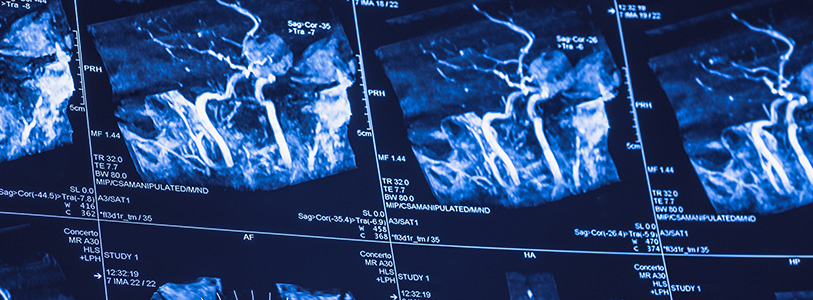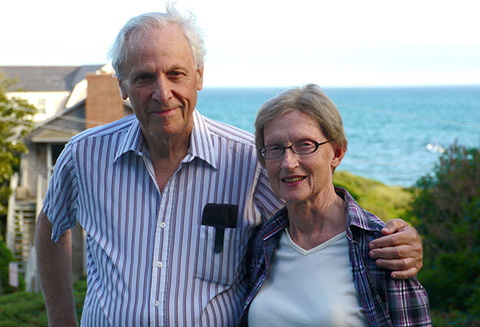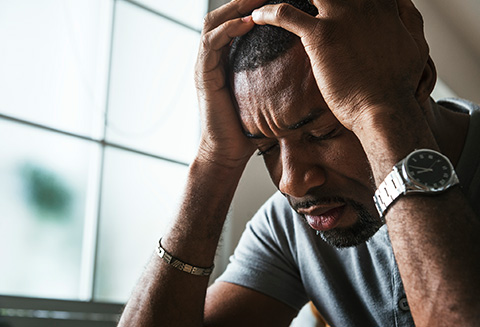Know What To Do If You See Someone Having A Stroke

There are two words every person should remember if they see someone having a stroke: act fast! That’s because human nerve tissue is rapidly lost as stroke progresses. It is estimated that two million cells in the brain can die each minute when deprived of oxygen, so the longer the delay in treatment, the more damage can be done to the brain.
More articles from this issue
“A stroke is a ‘brain attack,’ and is the leading cause of adult disability in the U.S.,” says Dr. Douglas D. Sankar, a neurologist with NewYork-Presbyterian Hudson Valley Hospital in Cortlandt Manor. “Stroke causes the death of cells in a part of the brain or, sometimes, the spinal cord from the disruption of blood flow to the area.”
“The symptoms of a stroke can be very variable, and are related to what part of the brain is affected. Often, strokes are painless, although headaches are common with hemorrhagic stroke,” notes Dr. Sankar. Symptoms can include weakness that involves specific body parts, or one or both sides of the body; numbness and sensory loss; changes in speech, both the ability to speak and/or the ability to understand speech; changes in vision; loss of coordination and vertigo, to name a few. “However, for an accurate diagnosis, a patient’s history and a physical examination should be performed to distinguish between other disorders that can mimic stroke, such as seizure, fainting spells, and low blood sugar,” he says.
“Time is brain.” This phrase, used commonly in the medical community, emphasizes that human nerve tissue is rapidly lost as stroke progresses. Rapid and accurate diagnosis of the kind of stroke and the exact location of its damage is critical to successful treatment. That’s why if you suspect someone is having a stroke, call 9-1-1 immediately and know what to do while you’re waiting for help to arrive:
Do’s and don’ts if you see someone having a stroke
- Don't: drive to the hospital. Call 9-1-1 immediately. Paramedics are faster and can recognize when someone is in trouble and needs emergency assistance.
- Don’t: give the person aspirin. For many strokes, aspirin is good—but for many other strokes, aspirin will make things much, much worse. Leave it to medical personnel to decide what’s best.
- Don’t: give the person anything to eat or drink. Stroke can cause difficulty with muscle control, including the ability to swallow.
- Do: write down the time. This will greatly help the emergency team to act as efficiently as possible. Knowing when the symptoms started can help doctors determine the appropriate treatment. If you are not sure when the symptoms started, knowing when the person was last seen “normal” is helpful as well.
- Do: help the person lie down. Keep stroke victims on their side with the head slightly elevated to promote blood flow.
- Do: Loosen any restrictive clothing. This helps the stroke victim breathe more easily. Avoid pulling or straining any weakened limbs.
- Do: check for breathing if the person is unconscious. Check for pulse and breathing. If there is no pulse, begin CPR immediately.
According to Dr. Sankar, “The death rate and level of disability resulting from strokes can be dramatically reduced by prompt medical care. The sooner treatment is started, the more likely there will be a good outcome.”
To learn more about the mobile stroke treatment unit, visit nyp.org/stroke. To find a neurologist, call 877-697-9355.






